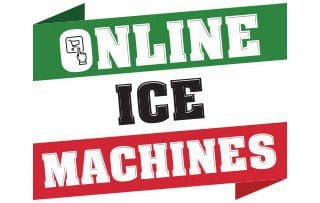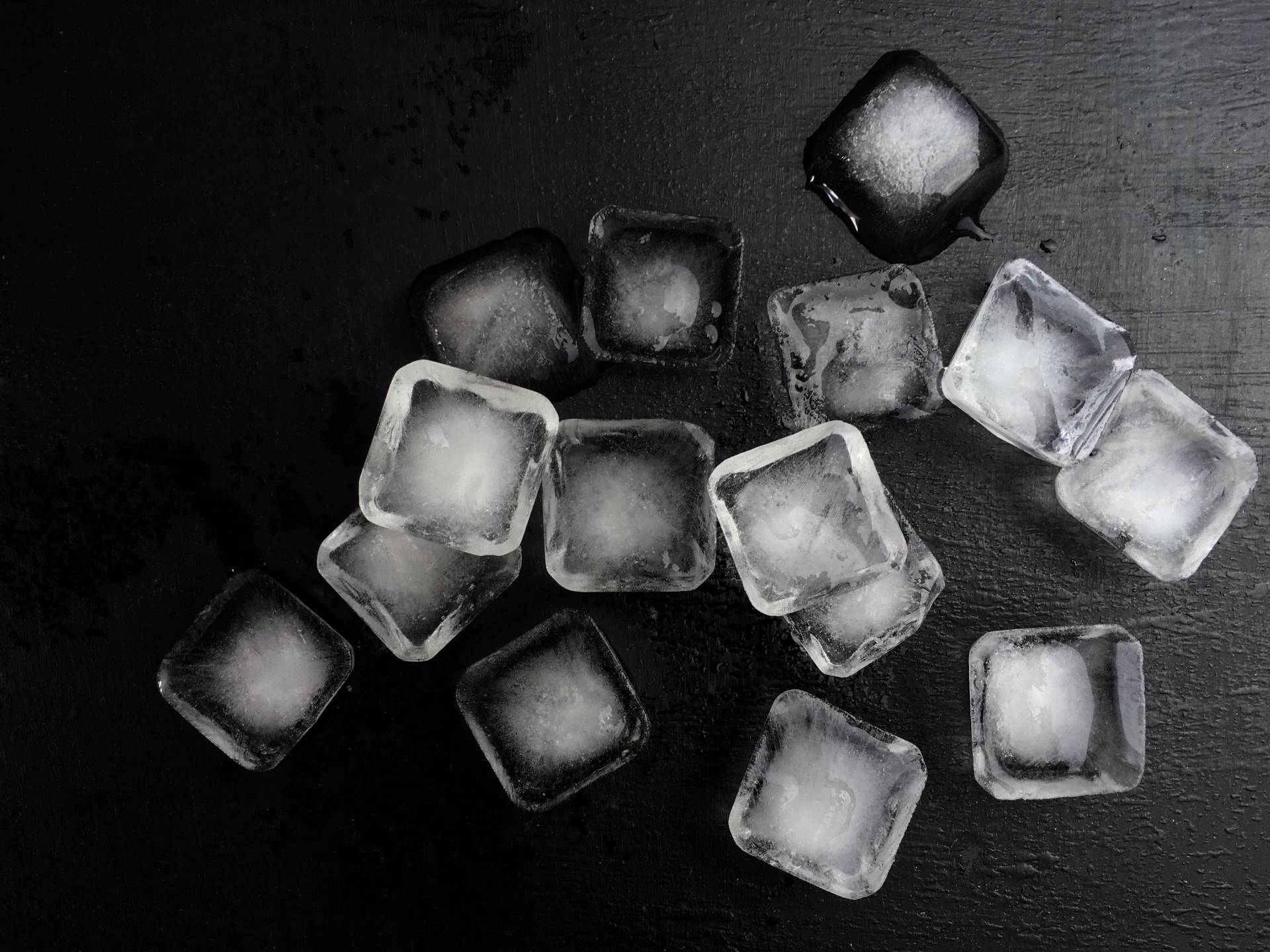In our fast-paced world, where convenience and efficiency are prioritized, commercial ice cube makers have become an essential component of various industries.
Ranging from the hospitality industry to healthcare, these machines efficiently produce ice cubes, ensuring a constant supply for diverse needs.
With different types and sizes available, they cater to unique business requirements. One website that stands out as a reliable source for such equipment is www.onlineicemachines.com.au.
Known for its wide range of commercial ice machines, this platform caters to businesses of all sizes, ensuring their needs for quality, reliable, and efficient ice production are met.
Types of Commercial Ice Cube Makers
Commercial ice cube makers come in a variety of shapes and sizes, each designed to meet specific needs. The following are the main types of commercial ice machines:
Modular Ice Machines
These machines are commonly found in establishments that require a large volume of ice. They are designed to sit on top of and supply ice to a separate unit, such as an ice bin or dispenser.
They can produce between 250 lbs to 1000 lbs of ice per day, making them ideal for high-demand environments like hospitals, hotels, or large restaurants.
Undercounter Ice Machines
As the name suggests, these compact units are designed to fit under countertops in tight spaces. They are perfect for small bars, cafes, and restaurants that have limited space but still need a steady supply of ice. Undercounter machines typically produce between 50 lbs to 350 lbs of ice per day.
Countertop Ice Dispensers
These are small machines that fit on top of the counter and are mainly used in offices, healthcare facilities, or small food service establishments.
Countertop ice dispensers typically have a smaller ice production capacity but include a built-in dispenser for easy access.
Commercial Ice Dispensers
While they do not make ice themselves, commercial ice dispensers are designed to dispense ice made by a separate ice machine. They are commonly used in hotels and hospitals where customers or patients need to serve themselves ice.
Combination Ice/Water Machines
These versatile machines can dispense both ice and water, making them a convenient choice for healthcare facilities, offices, or gyms.
Each type of commercial ice cube maker has its advantages and is suited to different settings and uses. When choosing a machine, it’s important to consider factors such as the volume of ice needed, the amount of space available, and how the ice will be used.
Key Components Of Commercial Ice Cube Makers
Commercial ice cube makers are complex machines, composed of several key components that work together to create and store ice. These main components include:
Ice-Making Section
This is where the water is frozen into ice. It typically contains a refrigeration system and an evaporator. The evaporator is where the water freezes onto, often in the shape of the grid or tray, which determines the shape of the ice cubes.
Storage Bin
Once the ice is made, it needs somewhere to go. That’s where the storage bin comes in. It stores the ice after it’s been made, keeping it frozen until it’s needed.
Refrigeration System
The refrigeration system is responsible for creating the cold environment needed to freeze water into ice. It typically includes a compressor, a condenser, a throttle valve, and an evaporator.
Water Supply System
This includes the water source, the pump, and the water distribution tubes. The water supply system is responsible for supplying the water that will be turned into ice.
Drainage System
As ice melts or during the defrosting process, water needs to be drained out of the machine. This is done through the drainage system, which typically includes a drain pump or a gravity drain.
Control System
The control system manages the operation of the ice machine, including the cycles of ice making and defrosting. It ensures that the machine runs efficiently and effectively. It may also include diagnostics to help troubleshoot any problems.
Understanding these components can be useful in understanding how the ice machine works and can aid in troubleshooting any issues that may arise.
How Commercial Ice Cube Makers Work
The process of making ice in commercial ice cube makers involves several steps, each handled by various components of the machine. Here’s a simplified step-by-step guide on how these machines work:
Water Intake
The process starts when water from a supply line enters the machine through a valve. This water is directed into the ice-making section of the machine.
Ice Formation
Inside the ice-making section, the water flows over a freezing plate or an evaporator grid, which is cooled by the refrigeration system.
This system involves a compressor that pressurizes a refrigerant, a condenser that cools and liquefies the refrigerant, a throttle valve that controls the refrigerant flow, and an evaporator that vaporizes the refrigerant to absorb heat and create a cold environment. As the water flows over this cold surface, it gradually freezes, forming ice.
Ice Harvesting
Once the ice cubes are fully formed, the ice-making section warms up slightly or a rush of warm refrigerant is used.
This slight increase in temperature causes the ice to slide off the freezing plate or evaporator grid and into a storage bin.
Storage
The storage bin keeps the ice cubes frozen and ready for use. A thermostat inside the bin will stop the ice-making process when the bin is full and reactivate the process when more ice is needed.
Drainage
Any excess water that didn’t freeze is drained out of the machine through the drainage system.
Repeat
The whole process starts again once the storage bin needs more ice.
The machine is controlled by a control system that monitors and controls each stage of the ice-making process to ensure efficient operation. It’s a cycle that continues until there’s enough ice or the machine is turned off.
Conclusion
Commercial ice cube makers are integral to a myriad of industries ranging from hospitality to healthcare. Their diverse range of types and sizes cater to various business needs and settings, be it high-demand environments requiring large volumes of ice, or smaller establishments with space constraints.
Each machine, while differing in capacity and design, shares key components that facilitate the ice-making process.
Understanding how these machines work is crucial for their efficient operation and maintenance. The increasing advancements in this technology promise more energy-efficient and user-friendly designs, potentially reducing environmental impact and operational costs.
As the market for these machines continues to evolve, businesses can continue to count on their reliability and efficiency in meeting their daily operational needs.



